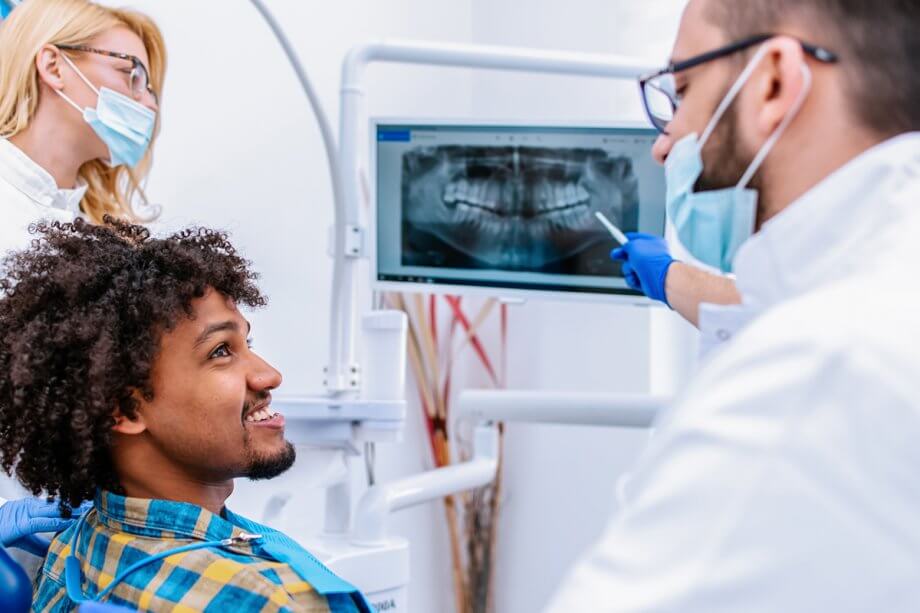There are two types of tooth extractions. A surgical extraction will require an incision in the gum line, often to remove impacted teeth such as wisdom teeth. A simple tooth extraction can be performed in a single dental visit. These extractions are done for teeth that are intact above the gum line and do not require an incision to access the teeth. No matter what type of extraction you have, you’ll need to take excellent care of your mouth after having a tooth pulled or surgically removed. That means you’ll need to be mindful of things you can and can’t eat in the hours, and days following your procedure.
Soft Foods to Enjoy After a Tooth Extraction
You don’t want to stress your mouth after having a tooth pulled, so you’ll want to stick with soft foods exclusively for the first 24 hours. You should continue eating soft foods for as long as your dentist recommends. In the hours following your surgery, you should also stick with cool or lukewarm foods. Examples of soft foods that are easy to eat following an extraction include:
- Yogurt
- Jell-O
- Applesauce
- Mashed potatoes
- Scrambled eggs
- Broth-based soups (no large chunks to chew)
- Oatmeal
- Cottage cheese
- Pureed fruits (apples, bananas)
- Ice cream (no cookies, candies, or nuts)
- Smoothies
Keep in mind that although you may be inclined to use a straw, you should avoid sucking, as it can dislodge blood clots and lead to bleeding.
Foods to Avoid After Tooth Extraction
Any food that requires significant chewing should be avoided after having a tooth extraction. This includes:
- Meats
- Nuts
- Hard candies
- Chips
- Popcorn
- Pizza
- Rice
- Seeds
In addition, you should avoid hot soups and beverages, alcohol, spicy foods, and acidic foods as they may irritate the extraction site and prolong the healing of the pocket. You should not smoke, vape, or use smokeless tobacco after having a tooth pulled.
Reasons Teeth Need to be Pulled
Your dentist will only recommend a tooth extraction, if the tooth is unsalvageable due to severe disease and decay, or if there is not enough room in your mouth to accommodate the teeth. Wisdom teeth, or other impacted teeth, need to be removed in the majority of people to prevent overcrowding and infection.
Wherever possible, your dentist will attempt to save a natural tooth even if it is decayed, because the root of your tooth is vital to maintaining jaw bone strength. If all efforts to save the tooth, including a root canal have been exhausted, or if the tooth is broken below the gum line, an extraction will be necessary.
Teeth may become severely decayed or damaged beyond repair due to:
- Periodontal disease
- Trauma to the face (car accident, sports injury, fall, etc.)
- Severe infection of the tooth
- Broken or cracked Tooth
- Failed filling
Taking Care of Your Mouth After a Tooth Extraction
After having a tooth pulled, you’ll need to avoid chewing on the side of your mouth where the extraction took place. You should also avoid brushing near the extraction site. Take all medication exactly as prescribed. Keep gauze in the extraction site if you notice any bleeding. Depending upon the type of extraction you had performed, you may experience swelling, which can be helped with a cold ice pack on your cheek. Rinse your mouth using the recommended solution your dentist provides at the intervals they recommend. Notify your dentist immediately if you experience uncontrolled bleeding, worsening pain, itches, or swelling.
Schedule a Dental Exam Today
To keep your teeth in optimal health, regular dental exams and cleanings are essential. Contact us today at 330-741-3334 to schedule an exam or treatment for a painful tooth. You may also request an appointment online.

